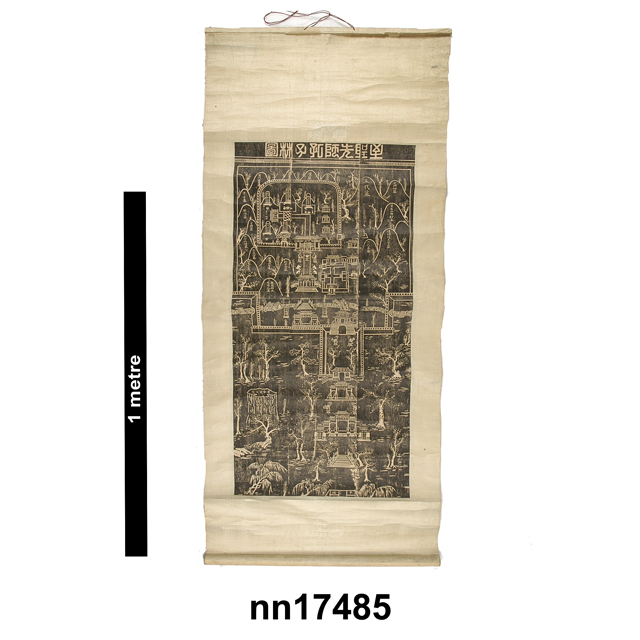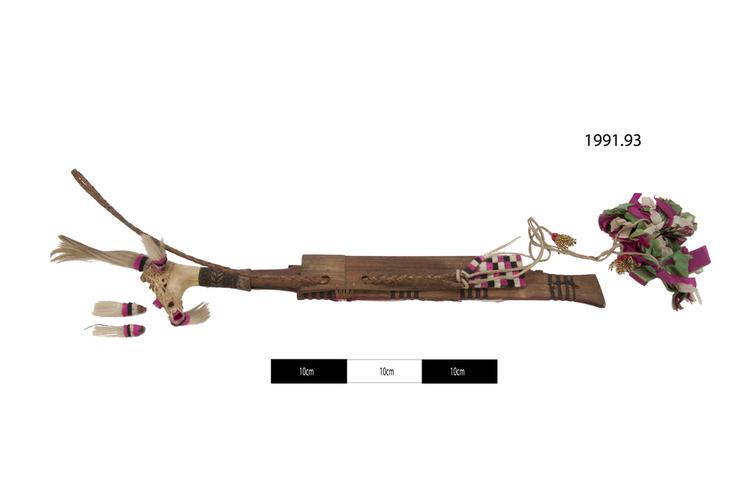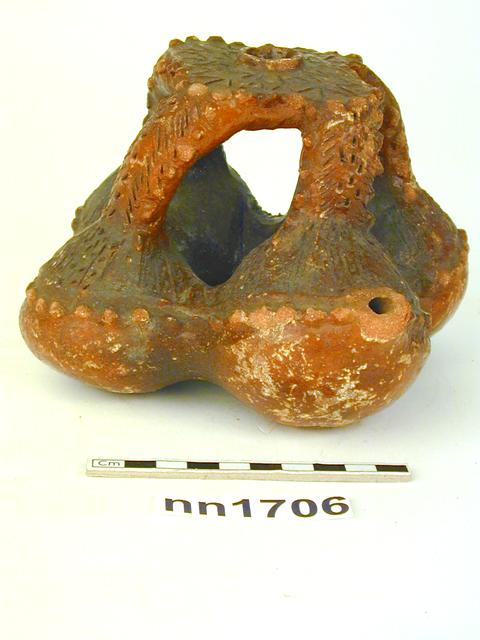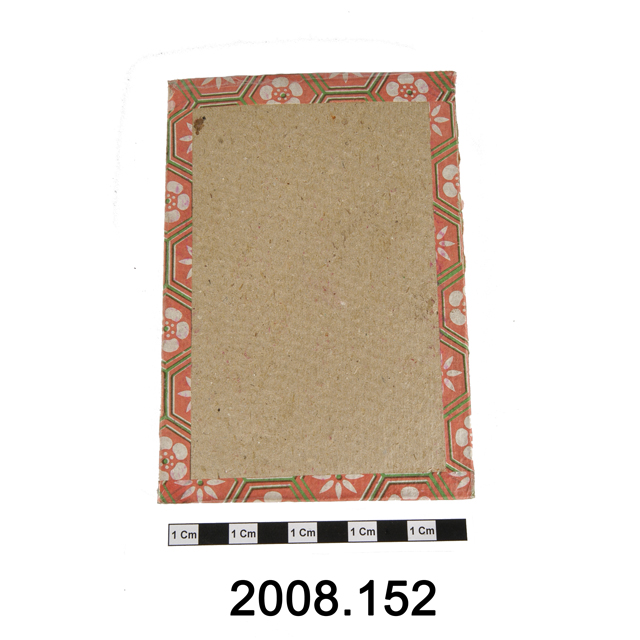
Scroll of white paper with black ink depiction of the grave of Confucius and his family in Qufu, with an inscription. The top band reads 至聖先師孔子林圖 ‘zhi sheng xian shi kong zi lin tu’, meaning ‘Picture of the Cemetery of the Extremely Sage Departed Teacher Confucius’. Confucius was declared the ‘Extremely Sage Departed Teacher’ (in Chinese: 至聖先師) in 1530. He is also known separately as the ‘Great Sage’ (至聖), and the ‘First Teacher’ (先師). 孔子林 ‘Kong Zi Lin’, also known as 孔林 ‘Kong Lin’, is the Cemetery of Confucius which lies to the north of the town of Qufu (in Chinese: 曲阜), Shandong province, China. This place was also the home town of Confucius. In Chinese, ‘Kong Lin’ literally means ‘the forest of Kong (Kong is the last name of Confucius)’, which might be derived from the forest-like appearance of the cemetery, with more than 10,000 mature trees inside.
‘Kong Lin’ is one of ‘The Three Confucian Sites’ that have been listed as a UNESCO World Heritage Site since 1994. The other two sites are the ‘Temple of Confucius’ and the ‘Kong Family Mansion’. The oldest graves found in ‘Kong Lin’ date back to the Zhou dynasty. Tombstone came in use during the Han dynasty, and today, there are about 3,600 tombstones dating from the Song to the Qing dynasties still standing there in the cemetery.






